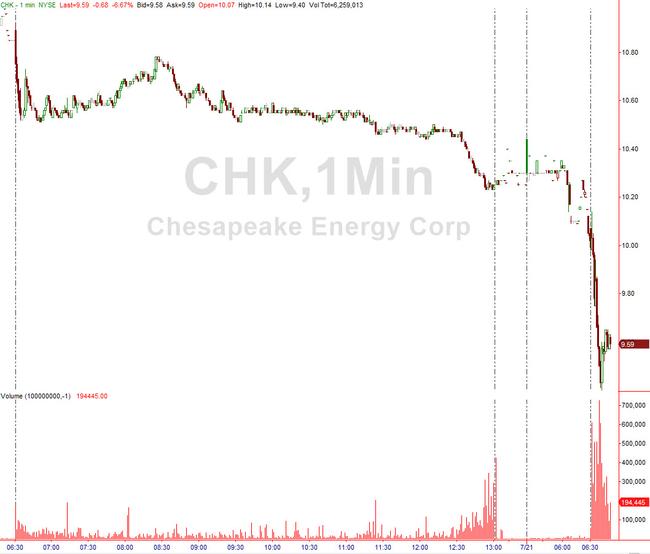


Additionally, they are also seeing supply chain issues, with particular difficulty in acquiring the equipment and sands necessary for fracking.īaker Hughes data shows that while the rig count has increased for eight straight quarters, the increase of 12 rigs in the last quarter was the smallest since September 2020. Back in 2020, they had to lay off many of their workers and some of these folks have found alternative employment. Besides, the long-term outlook is bleak given initiatives by governments all over the world to switch to cleaner fuels for heating and transportation.Įven if they were opening up to the need for increased production, they are up against many of the same production constraints that other sectors are seeing. While the surge in demand is encouraging and would have in the past encouraged increased investment on the E&P side, the memory of the 2020 wipeout caused by the pandemic likely remains.

Oil producing companies are under a lot of pressure. But as everybody very well knows, it doesn’t happen that fast and nor is it that easy. They could be drilling right now, yesterday, last week, last year,” Biden said earlier this year, while announcing sanctions against Russia. “The oil and gas industry has millions of acres leased. In the meantime, strategic reserves can’t be depleted any more, which means production increase is the only recourse. A global recession is of course not desirable as it will reduce global demand for oil, but that doesn’t seem to be upsetting the OPEC+ camp right now. High energy costs increase global inflation, however, because energy prices affect all sectors, and many economies, especially those of the financially weaker nations, could collapse as a result. This means that prices will remain stiff, the way OPEC+ intends. Biden can’t endlessly release strategic reserves because, among other things, replenishing will be an uphill task given other constraints, which I’ll come to in a moment.

OPEC+ is only making matters worse by cutting production, to ensure that prices remain high. However, despite America being the leading producer of oil, it is hard-pressed to deal with the cost escalation at home, let alone the alleviation of the energy crunch its European allies are seeing. In fact, President Biden, who has been vocal about the need for clean energy in the past, has in recent months changed course because of the geopolitics-induced shortage. So its 2% target is related to the core bundle that includes vehicles, shelter, transportation and other things.īut of course, the government is doing all it can to bring down energy costs. Energy prices remain one of the primary causes of inflation, although the Fed typically focuses on the core bundle that Xs out the volatile oil and food segments.


 0 kommentar(er)
0 kommentar(er)
